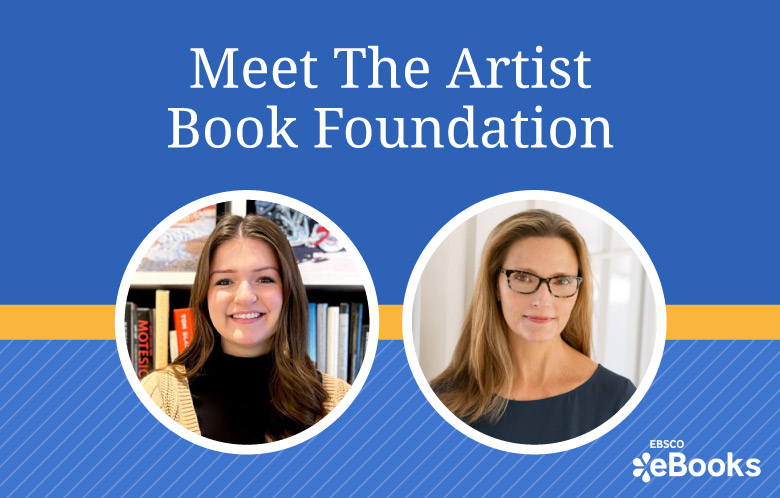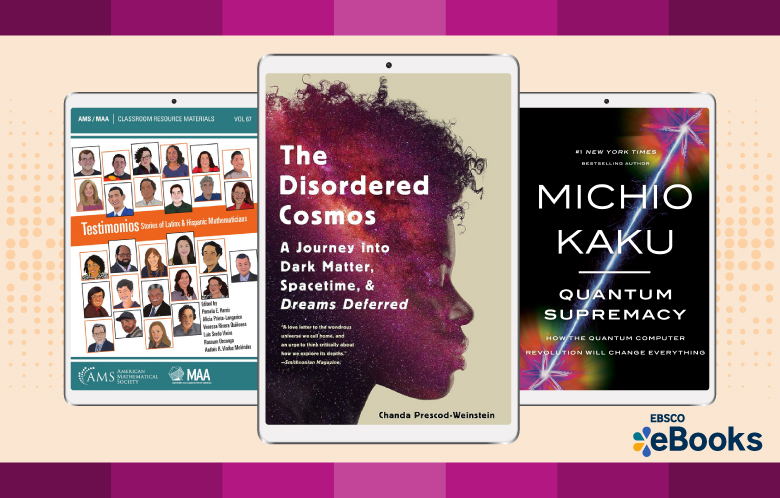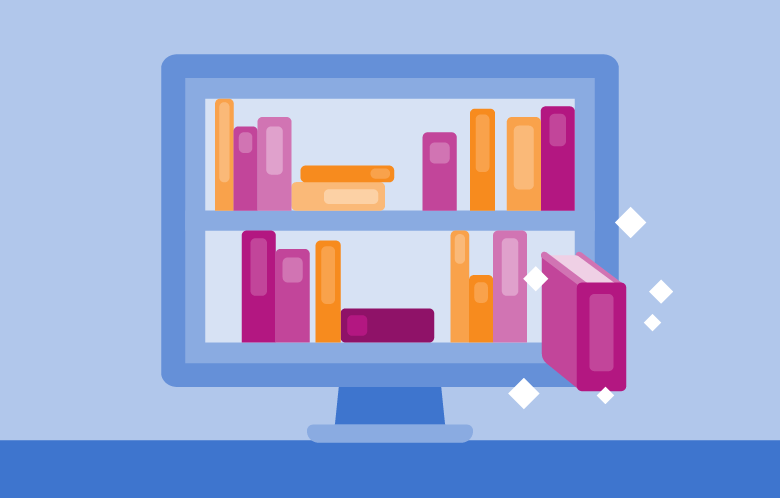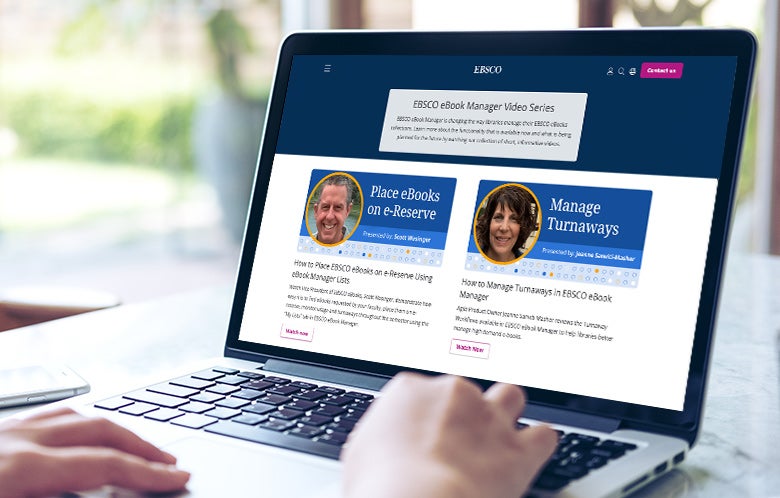The Artist Book Foundation (TABF) is a nonprofit art book publisher that is known for their dedication to publishing and providing access to artist-centered books of exceptional quality, and they provide a unique offering to academic libraries that can't be found anywhere else. TABF books focus on modern and contemporary visual arts, through artist monographs, catalogues raisonnés, surveys, and exhibition catalogues.
In the wake of many renowned art book publishers turning their focus away from artist-centered books or exiting the market altogether, TABF remains committed to providing a platform for artists whose work is found in notable public and private collections but has not received the consideration it merits in a monograph or catalogue raisonné.
TABF is also strongly committed to giving back and the foundation donates a percentage of each first print run to underserved public libraries, schools, and correctional and rehabilitation facilities across the United States. As libraries evaluate publishers, it's important to align with organizations that support the future of libraries and the equitable access to diverse content. The Artist Book Foundation does that and so much more.
To further elaborate on the benefits The Artist Book Foundation offers e-book readers, we spoke to Executive Director and Publisher, Leslie Pell van Breen, and Communications Coordinator, Amanda Romanelli, and asked them about new and upcoming publications as well as what steps The Artist Book Foundation is taking to create a positive impact on the world of academic art publishing. Here is what they had to say:
What artistic mediums are represented among the artists you collaborate with and how does documenting their work and process benefit library collections?
A: The Artist Book Foundation collaborates with visual artists across a diverse range of artistic mediums including: drawing, painting, sculpture, printmaking, glass art, furniture design, found-object assemblage, and more. By documenting the work and creative process of these artists, we significantly enhance library collections in several ways: Our publications serve as comprehensive records of important, but often underrepresented, contemporary artists’ bodies of work, providing detailed insights into their techniques, inspirations, and contributions to their respective artistic medium. This documentation enriches libraries' visual arts research selection. Moreover, our commitment to representing a variety of mediums ensures that library collections are versatile resources for those interested in exploring and studying different forms of visual art. Whether it’s understanding the intricacies of glass art making, the innovative techniques in furniture design, or the expressive possibilities of found-object assemblage, our collection contributes to a well-rounded and inclusive library collection that can cater to an audience with diverse artistic interests.
Which e-books from The Artist Book Foundation’s collection could be used in academic curriculums?
A: At The Artist Book Foundation, all of our publications, enriched with academic and peer-reviewed essays, are versatile additions to academic curriculums across multiple disciplines. These books transcend traditional studio or art history courses, offering valuable insights that resonate in diverse communities and educational settings.
Take, for instance, Figuration Never Died: New York Painterly Painting, 1950–1970, a captivating exploration of figurative painting’s history and evolution in New York from 1950 to 1970. This book showcases the works of rebellious artists such as Lois Dodd, Alex Katz, and Robert De Niro, Sr., offering a unique lens for courses delving into American, mid-century art history, and creative cultural movements.
Glassworks: The Art of Frederick Birkhill is a comprehensive study of a master glass artist, examining both the artistic and scientific dimensions of glass.Trained in a wide array of glassmaking techniques in Britain, Germany, and the United States, Birkhill’s mastery of his medium and his dedication to teaching his craft are internationally recognized. This publication, enriched with scholarly contributions and stunning photography, becomes a perfect reference for courses exploring the history, science, and artistic nuances of glass art and glassmaking.
On a different note, Wendell Castle Remastered provides a compelling narrative about the intersection of computer programming and CAD files within the realm of fine art and design. This book reveals Wendell Castle’s innovative journey, seamlessly blending his iconic furniture designs with contemporary pieces produced with digital technology. With its focus on the integration of art and technology, Wendell Castle Remastered serves as a valuable resource for any course exploring the relationship between traditional craftsmanship, digital innovation, and contemporary design principles.
TABF Titles Available via EBSCO eBooks:
- Adolf Dehn: Mid Century Manhattan
- Boaz Vaadia: Sculpture
- Don Gummer
- Every Hour of the Light: The Paintings of Mary Sipp Green
- Figuration Never Died: New York Painterly Painting, 1950–1970
- Glassworks: The Art of Frederick Birkhill
- Hodermarsky (January 30th, 2024 release)
- John Van Alstine: Sculpture, 1971–2018
- Richard Segalman Black & White: Muses, Magic, & Monotypes
- River Crossings: Contemporary Art Comes Home
- Robert Kipniss: Paintings and Poetry, 1950–1964
- Rod Penner: Paintings, 1987–2022
- Speaking of Furniture: Conversations with 14 American Masters
- Swimmers: Carole Feuerman
- Theodore Wendel: True Notes of American Impressionism
- Tom Blackwell: The Complete Paintings, 1970–2014
- Tom Slaughter (blue)
- Tom Slaughter (red)
- Trucks: Recent Works by John Himmelfarb
- Wendell Castle Remastered
- Wendell Castle: A Catalogue Raisonne, 1958–2012
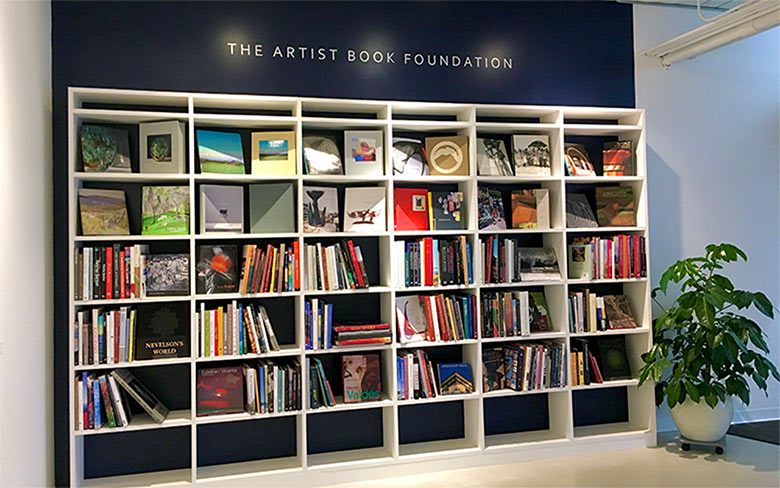
Please note: Not all titles may be available to all customers or in all markets.
Who are the readers most likely to connect with your books?
A: While our books are tailored to an academic art audience, their use and appeal extends far beyond traditional art enthusiasts. Readers from diverse backgrounds, including those interested in the sciences, technology, design, and beyond, will find our publications enriching. For instance, the detailed documentation of artistic processes, such as the physics behind gravity-defying sculptures or the use of CAD files in furniture design, opens avenues for interdisciplinary connections. Whether someone is intrigued by the subject matter of an artist's paintings or drawn to the science behind a particular art practice, our books serve as valuable references and sources of inspiration for a wide-ranging audience with varied interests.
Can you elaborate on the impact your donations have made to underserved public libraries, schools, and correctional and rehabilitation facilities?
A: For every book purchased at The Artist Book Foundation, another is donated to an underserved community, reaching public libraries, schools, and correctional and rehabilitation facilities across the United States. Our commitment involves delivering over 15% of each print run to these institutions, actively contributing to greater accessibility of art and culture in diverse communities. These book donations transform public libraries into vibrant cultural hubs, enriching creative offerings for their patrons. In schools, our contributions enhance art education and visual awareness, fostering creativity and broadening students' perspectives on the world. Within correctional and rehabilitation facilities, our donations support recovery and personal development through the transformative power of art. Thanks to our partnership with Art Resources Transfer (A.R.T.), our donations span every corner of the United States, ensuring that art and cultural history reaches those who may have limited accessibility to it.
How does your organization prioritize diversity and inclusion in the artists and authors you work with, as well as in the content you publish?
A: The Artist Book Foundation is committed to fostering diversity, equity, and inclusion in all facets of our organization. We prioritize diversity in the artists and authors we collaborate with, ensuring representation across various backgrounds, genders, ethnicities, races, and sexual orientations. Our commitment extends to the content we publish, and we actively seek contributions and practices that reflect a wide range of perspectives and experiences.
Can you list 5-10 inspirational writers, critics, or art history scholars whose perspectives contribute to a better understanding of DEI in artists’ practices?
A: Glenn Adamson:
Glenn Adamson's expertise in the intersections of design, craft, and contemporary art brings a nuanced perspective to the discussion on DEI in artists' practices. His work delves into the diverse cultural influences shaping artistic expressions, fostering a broader understanding of how identity, heritage, and innovation intersect in the creative process. Adamson wrote the foreword for Wendell Castle Remastered, offering a unique lens on the intersection of traditional craftsmanship and digital technology.
Lowery Stokes Sims:
As a leading authority on the work of diverse artists, Lowery Stokes Sims offers crucial insights into the practices of African, African American, Latinx, Indigenous, and Asian American artists. Sims' extensive curatorial and educational background enriches discussions on DEI, emphasizing the importance of representation and recognition across varied artistic narratives. She provided an interview for Wendell Castle Remastered, contributing to a comprehensive understanding of the artist's innovative artistic journey.
Karen Wilkin:
Karen Wilkin's contributions to Modernism scholarship provide a critical lens through which to explore DEI in artists' practices. By examining the work of artists associated with Modernism, Wilkin highlights the multifaceted nature of artistic expression, showcasing how diverse perspectives contribute to the evolution of art. Wilkin wrote a main essay for Figuration Never Died: New York Painterly Painting, 1950–1970, providing insights into a significant chapter in the history of American Modernism.
John Yau:
John Yau's role as a poet, art critic, and curator uniquely positions him to explore the intersection of language, visual culture, and diversity in artists' practices. His writings bridge the gap between poetry and art criticism, offering a holistic understanding of how diverse voices and perspectives contribute to the richness of artistic endeavors. Yau contributed essays for Don Gummer and Swimmers: Carole Feuerman, providing critical insights into the practices of these prominent artists.
Kat Lee:
Kat Lee's work as a drama therapist at the intersection of creative arts therapies and trauma provides an essential lens through which to consider the impact of diverse experiences on artists' practices. Her essay on PTSD and art therapy for our forthcoming publication Hodermarsky contributes to the dialogue on mental health, acknowledging the importance of inclusivity and sensitivity in understanding artists' journeys.
Why do you feel that EBSCO is a strong partner in helping The Artist Book Foundation to provide access to artist-centered books of exceptional quality to academic libraries worldwide?
A: EBSCO is a strong partner for TABF because of their established reputation as a leading provider of digital content and resources for libraries. With a robust distribution network and extensive experience in academic publishing, EBSCO aligns with our commitment to provide a global audience with access to fine art publications. Their innovative solutions and commitment to accessibility ensure that our ebooks can seamlessly integrate into academic and library collections. This partnership enables us to fulfill our mission of making art and culture accessible on a broader and more equitable scale, aligning with EBSCO’s dedication to enhancing educational resources for institutions worldwide.
What challenges do you encounter as a nonprofit fine-art book publisher, and how do you navigate them to achieve your goals?
A: As many if not most publishers turn away from high-quality fine art publications, the importance of documenting creativity and artistic process has not diminished. The Artist Book Foundation’s goal of making art accessible to as wide and diverse an audience as possible is best served by our development of a hybrid model of publishing. We can now offer our books in both a hard copy edition for collectors, museums, and galleries, while our digital format provides libraries and schools access to the documentation of artistic creativity and diversity that might otherwise be unavailable to them.
Have you explored flexible publishing models that accommodate the financial constraints of underrepresented/ emerging artists?
A: The Artist Book Foundation is committed to fostering inclusivity and accessibility in the art world, and this commitment is reflected in our newly founded publishing model, the First Artist Book (FAB) Series. This initiative serves as an innovative approach to publishing that addresses the financial constraints often faced by underrepresented and emerging artists. The series offers a flexible publishing model, accommodating limited budgets while still providing world-class publishing services. By doing so, The Artist Book Foundation aims to support and amplify the voices of artists who may not have access to traditional publishing avenues. This commitment to flexibility and inclusivity aligns with our mission to celebrate diverse artistic expressions and helps ensure that the art world is more representative and accessible.
How can academic libraries add ebooks from The Artist Book Foundation to their existing collection of EBSCO ebooks?
Libraries can add e-books from The Artist Book Foundation using EBSCOhost Collection Manager (ECM) or GOBI.
